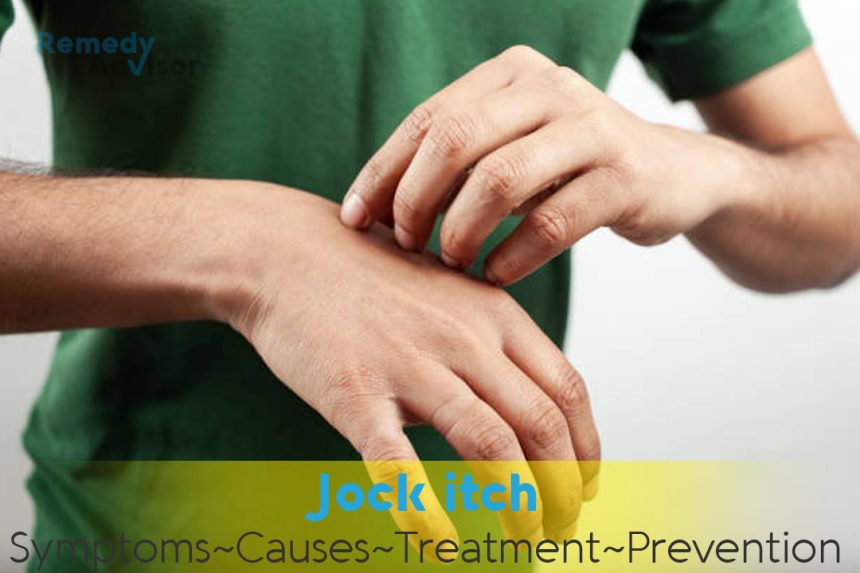What is it
Jock itch, or tinea cruris, is a common fungal infection that affects the groin area of men. Women rarely contract jock itch.
Symptoms
- Itchy, scaly, red patches on the genitals, groin, buttocks, and inner thighs.
- Pus-filled blisters.
What causes it
Moisture is the critical factor with jock itch because it allows fungi to thrive. Since people wear clothing for most of the day, the groin is usually moist and dark, creating a perfect breeding ground for the microscopic fungi that live on the skin to multiply and cause trouble. People who exercise regularly and wear an athletic supporter (jock strap) are susceptible to jock itch if they don’t bathe after exercise or don’t wash their undergarment exercise clothing before working out again.
Jock itch may also develop on people who perspire heavily, or when overweight individuals walk and their thighs rub against each other.
What if you do nothing
If jock itch isn’t treated, the infection tends to become chronic and can quickly spread to the buttocks and trunk.
Home remedies
Daily cleansing
Use plain water and clean the area daily. To avoid irritation, do not put soap on the rash.
Use antifungal cream
Twice daily, apply a light layer of an antifungal compound (such as clotrimazole), available without a prescription in any pharmacy. You should see results in three to five days. Continue to use the medication an additional five days after the rash has cleared up to make sure the fungus doesn’t return.
If you have recurrent bouts of jock itch, use the medication for several weeks after the rash has disappeared.
Prevention
Stress dryness
Use cornstarch-free powder after bathing to keep the groin region dry.
Stress cleanliness
Wear clean workout gear and change it daily.
Lose weight
If jock itch is caused by your inner thighs rubbing against each other, begin a program of regular exercise to reduce your weight and therefore the size of your thighs.







